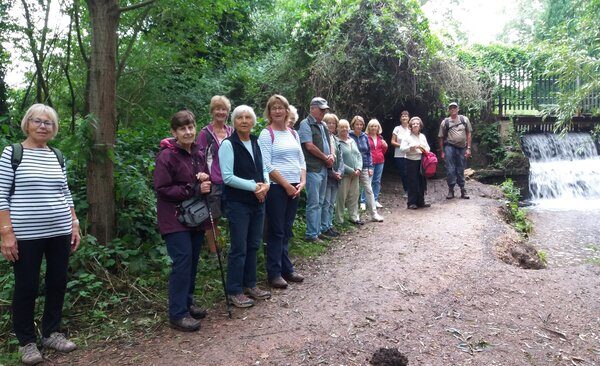Science 2 Meeting on Friday 16th September via Zoom
18 members attended the session. Each member has been allocated a letter of the alphabet, the idea being to talk to the group about a science based topic/word beginning with that letter.
Today Christine Vincent spoke about Rhodium which is a chemical element with the symbol Rh and atomic number 45. It is an ultra-rare, silvery-white, hard, corrosion-resistant, and chemically inert transition metal. Christine explained that the major use of rhodium is in catalytic converters for cars (80%). It reduces nitrogen oxides in exhaust gases.
Mark Jackson chose the letter J, Jellyfish. Jellyfish are ‘jelly-like’ creatures that live in the ocean. They have no brains. Jellyfish are estimated to be older than the first dinosaurs. They are invertebrates, which mean they aren’t fish. Mark explained that the Box Jellyfishes are one of the most dangerous of all species of Jellyfish in the world. The fact that they have such a toxic venom that they release is why people don’t want to be around them.
Helen Rose then gave an extended presentation on ‘Women in Maths and Science’ covering some significant women mathematicians and scientists and their contribution across the centuries. She explained that until the 19th century women were excluded from education yet some brilliant pioneer women overcame this major obstacle through their exceptional talent and ability. There were several who had to masquerade as men to attend lectures. Those early pioneers led the way for women to access a general education and specialisation in many spheres of science and maths.
Next Meeting (via Zoom)Friday October 16th 10.00am
To contact David Rose, the group leader, please use the contact form below:-



